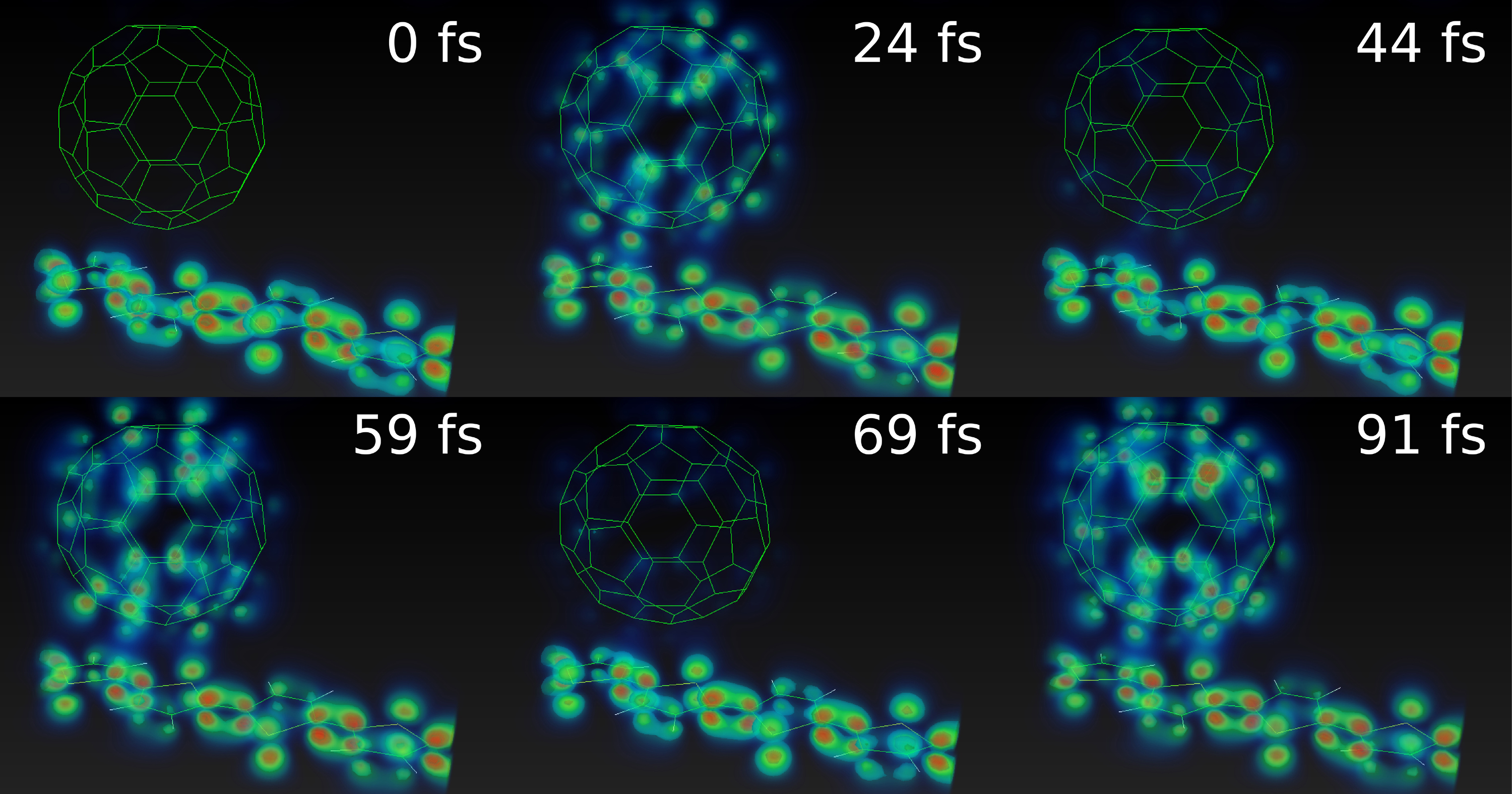Basic research for the improvement of photovoltaic organic panels
2014/05/29 Carton Virto, Eider - Elhuyar Zientzia Iturria: Elhuyar aldizkaria

Among the spare parts of silicon solar panels, the devices based on organic compounds are considered attractive. Members of the group NanoBio Specetroscopy of the UPV-EHU have announced today, through an article published in the journal Science, a basic research that will allow them to be improved. In collaboration with German, Italian and French researchers, they have discovered the quantum mechanism underlying the photovoltaic function of these devices.
The investigated photovoltaic organic device consists of a photosensitive polymer on one side and a carbon nanostructure on the other, in this case the fulerene (spherical molecules of 60 carbon atoms). When light hits the device, an ultraviolet transmission of electrons occurs from polymer to fulerene at femtoseconds scale (1 fs = 10-15 s). Well, the UPV researchers have deciphered the basic mechanisms that put in place this ultra-fast electronic transfer. Specifically, simplified theoretical models of transmission have been proposed, and what the models announced has been experimentally proven.
The results show that the transfer between polymer and fulerene occurs in a coherent and ultra-fast way in 923 fs. That is, there are no incoherent processes, so that the transfer would be slower. According to Ángel Rubio, director of the group NanoBio Specetroscopía, the results show that quantum coherence plays an important role in the functioning of the photovoltaic organic appliances, and affirms that “what has been learned will significantly improve and under control the organic devices for photovoltaic applications”.

Gai honi buruzko eduki gehiago
Elhuyarrek garatutako teknologia




